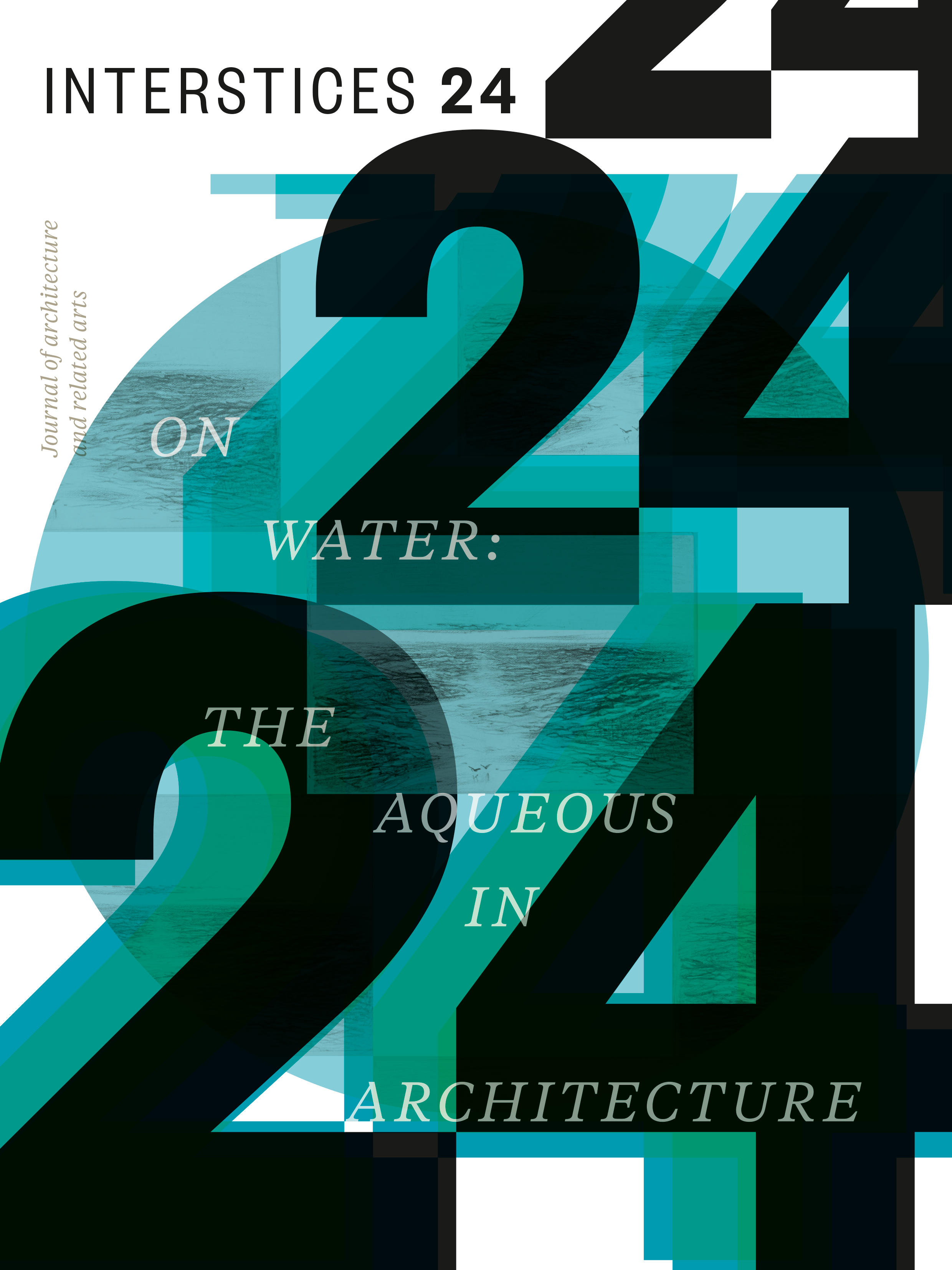To the Lighthouse
Abstract
Aotearoa New Zealand has one of the highest rates of family violence in the developed world. It is an intergenerational issue that cuts across socio-economic boundaries, affecting people of all genders, ethnicities, ages, and sexualities. This research investigates and responds to the issue of family violence through an architectural lens, asking, how might architecture protest, give visibility to, and offer hope and care in response to family violence in Aotearoa New Zealand? Instead of reimagining current architectures associated with family violence, the work speculatively considers alternative ways architecture can play a role in our social sustainability. Using artefact making to give visibility to the open secret and pain of family violence, the work first explores the issue of family violence through making in empathy. Moving beyond this, the work looks to counter the pain of family violence by speculatively considering shifts in community spaces that might influence the context in which violence occurs. These speculative architectures take the form of lighthouses, intended to dot our suburban streets and act as everyday, functional community spaces and beacons of care. These speculative lighthouses embody an interrogation, critique, and protest of our current social field. They are also a call to care, challenging the architectural profession to imagine new ways in which architecture can help to address difficult social issues that ultimately affect us all.


